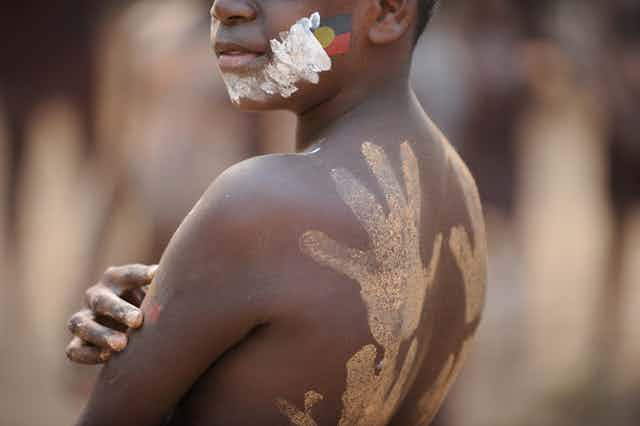Funding cuts announced to Queensland Aboriginal communities last month will of course affect the budgets of Aboriginal Shire Councils. But their impact will be felt much more further afield than just within council offices. Put simply, these cuts will reduce the autonomy of Aboriginal communities across the state.
This policy change plays into the ideas pushed by some prominent Indigenous people that welfare dependency is ruining Aboriginal communities. Marcia Langton’s 2012 Boyer Lectures are an example of this argument.
One commonly suggested solution to this “dependency” is home ownership. If people own homes, they must earn enough income to pay mortgage, rates and insurance. So if we can encourage Aboriginal home ownership, then we can see greater employment rates and improvement in other statistics - right?
The problem with this is the persistent idea that Aboriginal people should be more “like us” and less like themselves.
Aboriginal Shire Councils
Queensland’s former Aboriginal reserves became formalised communities under Deed of Grant in Trust status in the late 1980s, “for the benefit of Aboriginal inhabitants or for Aboriginal purposes”.
The land was given communally to Aboriginal Community Councils (now Aboriginal Shire Councils), rather than sold or gifted in blocks. Because the land is communally owned, Aboriginal councils don’t collect rates.
The Queensland government subsidised Aboriginal communities through the state government financial assistance program to make up the shortfall. In addition to jobs and social services, the Newman government is cutting this funding to Aboriginal communities. The reason is to increase self-sufficiency and decrease Aboriginal dependency on handouts, according to local government Minister David Crisafulli.
However, the cuts will have the opposite effect.
Autonomy and self-determination
Since the 1970s, Australia has accepted the idea that Aboriginal communities have the right to self-determination. This stance was renewed when Kevin Rudd supported the United Nations Declaration on the Rights of Indigenous Peoples.
Anthropologist Robert Tonkinson writes about “self-determination” in the 1970s. Previously, Aboriginal people had little control over their lives. Under “self-determination” policies, they were expected to manage communities, but without training.
The cuts to the financial assistance are similar - funding is being cut, with no plans in place to enable real self-sufficiency.
Self-determination, from government perspectives, really means self-management. It is seen as a major break from the previous policy of assimilation - and it is a very different approach on many practical levels.
But the underlying principle is still that Aboriginal people should fit into white society. This was the rationale behind assimilation, behind self-determination in the 1970s and behind the 2007 Northern Territory Intervention. And it is the rationale behind the current Queensland government funding cuts.
Aboriginal communities have different understandings of “self-determination”. For them, it means “freedom from paternalistic and authoritarian structures” (in Tonkinson’s words). It means being able to choose their own path – whether that path heads towards economic independence or not.
Playing the game
In July 2012, American academic Stephen Cornell gave a public lecture in Sydney. He spoke of the meaning of self-determination for America’s First Nations peoples.
In America, he reported, tribes set the rules of the game. They determine the structure of their tribal governments. They decide whether or not to pursue economic self-sufficiency and profits.
In contrast, for Australian Aboriginal people, there is one game, and the rules are set by the government. Aboriginal groups are invited to play, but they have to follow the rules.
If Indigenous Australians exercise real autonomy, for example if they choose not to live up to the neoliberal dream of home ownership and capitalist productivity, they are labelled “dysfunctional”. Then they are kicked out of the game.
The Queensland government’s State Government Financial Assistance gave Aboriginal communities financial autonomy. Although they relied on this “government handout”, it gave communities the option to decide on their future.
Taking the funding away will have severe impacts on Aboriginal communities. They will lose jobs, programs, and services. But they will also lose this opportunity for real autonomy.

